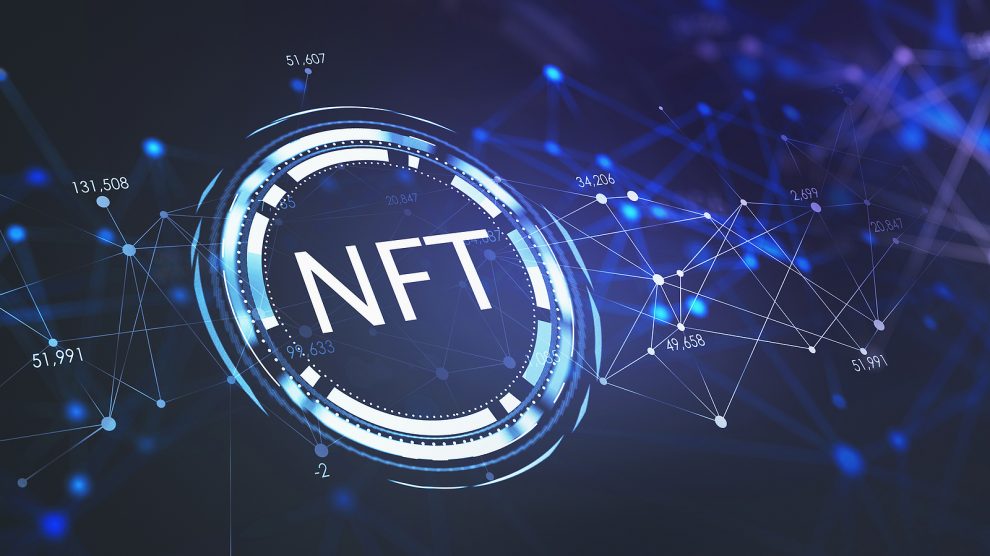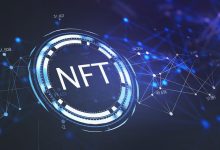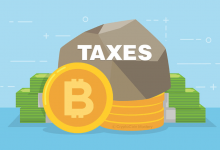The Ultimate Guide to Creating Your Own Non-Fungible Tokens(NFT) in 2023

Index Of The Blog
The world of Non-fungible tokens (NFTs) is exploding in popularity, with digital art, collectibles, and even tweets selling for millions of dollars. If you’re interested in getting in on the action, you might be wondering how you can create your own NFT.
In this ultimate guide, we’ll walk you through the steps of creating your own non-fungible tokens, from understanding what NFTs are to choosing the right marketplace to sell your NFT. By the end, you’ll have all the knowledge you need to create and sell your own NFT.
What are Non-fungible token(NFTs)?
NFTs, or non-fungible tokens, are unique digital assets that are verified on a blockchain, usually the Ethereum blockchain. Unlike fungible assets such as cryptocurrencies that are interchangeable, each non-fungible tokens is one-of-a-kind and cannot be replicated or duplicated. Click here to know more about NFC Payment Apps.
Non-fungible tokens can represent a wide variety of digital assets, including digital art, music, videos, tweets, and even virtual real estate in video games. They serve as a digital certificate of authenticity that verifies the ownership and uniqueness of the underlying asset.
NFTs have become increasingly popular in the art world, as they provide a secure, transparent, and authentic way for creators to sell their digital works. They also provide collectors and investors with a new asset class that can appreciate in value over time.
Now that we know what Non-Fungible Tokens (NFTs) are, let’s dive into how to create your own.
Creating your own non-fungible token (NFT) can be an exciting and potentially profitable endeavor. In this article, we’ll provide a step-by-step guide on how to create your own NFT. Click here to know more about Best Trading Apps In India.
Step 1: Understand the Basics
Before creating your own NFT, it’s important to understand the basics of what an NFT is and how it works. NFTs are unique digital assets that are verified on a blockchain, usually the Ethereum blockchain. They can represent anything from digital art to music to tweets, and each NFT is one-of-a-kind, unlike cryptocurrencies like Bitcoin, which are fungible and interchangeable.
Think of an NFT as a digital certificate of authenticity. When you buy an NFT, you’re buying a verified and unique version of a digital asset that cannot be duplicated or replicated. Because of this, NFTs have become increasingly popular in the art world, as they allow creators to sell their digital works in a way that is secure, transparent, and ensures their authenticity.
Step 2: Determine Your NFT’s Purpose
The first step in creating your own NFT is to determine its purpose. Do you want to sell a piece of digital art or music? Do you want to create a one-of-a-kind virtual item for a video game? If you want to sell a tweet?
Once you know what you want to create, you can start to plan out how you’ll make it unique and desirable to potential buyers.
Step 3: Create Your Digital Asset
The next step is to create your digital asset. This could be anything from a piece of digital art to a song to a virtual item for a video game. The key is to make it unique and desirable to potential buyers.
If you’re creating digital art, you might use programs like Adobe Photoshop or Procreate to create your design. If you’re creating music, you might use a digital audio workstation (DAW) like Ableton or Logic Pro. And if you’re creating a virtual item for a video game, you might use a game engine like Unity or Unreal Engine.
Whatever you’re creating, make sure it’s something that you’re proud of and that you believe others will find valuable.
Step 4: Choose Your Blockchain and NFT Platform
Once you’ve created your digital asset, you need to decide which blockchain to use and which NFT platform to sell your NFT on.
The most common blockchain for NFTs is Ethereum, as it has the largest and most active ecosystem of NFT marketplaces and tools. However, there are other blockchains that support NFTs, such as Binance Smart Chain and Flow.
As for NFT platforms, there are several to choose from, including OpenSea, Rarible, and SuperRare. Each platform has its own fee structure, community, and features, so do your research to find the one that’s best for you.
Step 5: Mint Your NFT
Once you’ve chosen your blockchain and NFT platform, it’s time to mint your NFT. Minting is the process of creating a unique and verifiable token on the blockchain that represents your digital asset.
To mint your NFT, you’ll need to connect your wallet to the NFT platform and upload your digital asset. The platform will then guide you through the process of setting a price, adding a description, and adding any other relevant information about your NFT.
Step 6: Sell Your NFT
Now that your NFT is minted, it’s time to sell it. You can list your NFT on the NFT marketplace of your choice and wait for potential buyers to make an offer.
When setting a price for your NFT, consider the value of similar NFTs on the market, as well as the value you.


